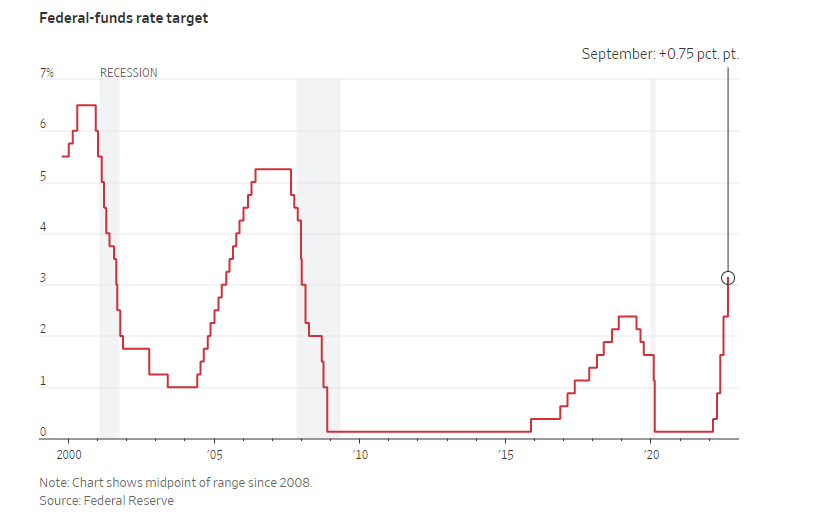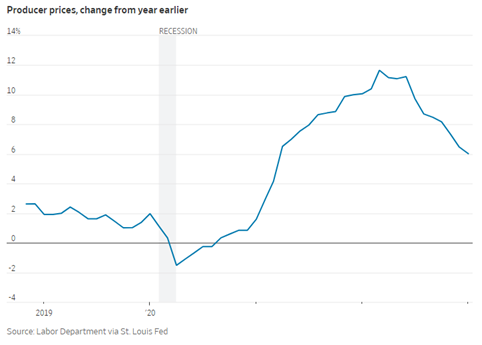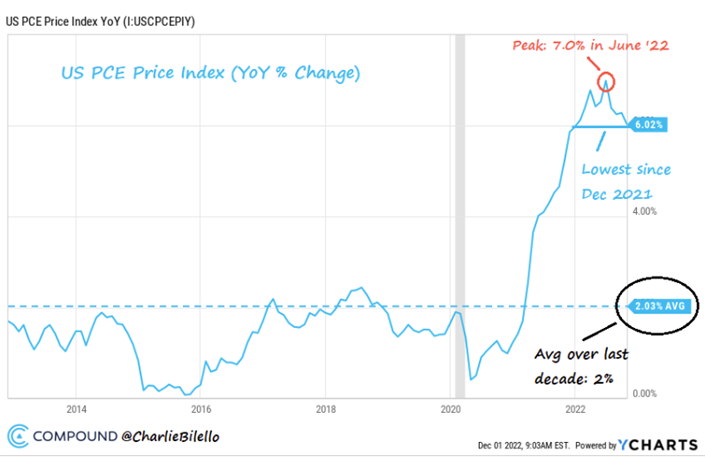|
There is still a lot of uncertainty about the current economic environment, some economists are calling for a mild and shallow recession while others think it will be far more severe. However, we would like to keep all our clients updated on the most recent economic reports and our thoughts on the current data. The most recent jobs report from July was unexpectedly stronger than expected which gives off mixed signals for the current economic state of our nation. On the other hand, the inverted U.S. treasury yield curve among other leading economic indicators that have historically been harbingers of recession are showing pockets of weakness in the economy. U.S. Stocks and Economy July’s jobs report was undoubtedly hot with wages growing 5.2% year-over-year in addition to the economy adding 528,000 jobs. This boosted payrolls above their pre-Covid peak in February 2020. However, this report has two different points of view. Bulls were ecstatic to see these report numbers and viewed them as a sign of the economy strengthening. However, this goes against the Federal Reserve’s course of action for slowing down the economy. Adding many more jobs than analysts estimated means that the economy is still expanding which could tempt the Federal Reserve to continue implementing higher interest rate hikes. Meanwhile, leading economic indicators are not suggesting a strong backdrop for the labor market. As shown in the chart below, the Conference Board’s Leading Economic Index (LEI) has fallen by nearly 2% over the past 6 months. Excluding the Covid-19 pandemic, we have not seen the LEI stumble like this since August 2009. Similar declines are consistent with prior recessionary periods. Fixed Income: Yield Curve Inversion During the Fed’s campaign to tame high inflation, we have now seen the target range for the federal funds rate raised 4 times since the rate-hike cycle began in mid-March. The upper end of the range is now 2.5% compared to the starting level of 0.25%, making this one of the most rapid tightening cycles in the past 40 years. In September, the pace at which assets roll off the Fed’s balance sheet (quantitative tightening) is also set to accelerate. Although the annual inflation rate has come down slightly from 9.1% and flattened out at 8.5% and wage growth running at more than 5%, more interest rate hikes are expected. The current market pricing suggests investors expect a peak in the federal funds rate of 3.6% in the first quarter of 2023. Then there is an expected series of rate cuts that will bring the interest rate down to 3% by early 2024. There is always a degree of uncertainty when trying to predict future interest rate hikes from the Fed and this outlook may be too optimistic in terms of the Fed’s actions. However, we’ve also seen recent inflationary pressures start to decrease. Commodity prices have dropped, inventories are rising relative to sales, the U.S. dollar is stronger, and global economic growth has been soft. Another response to the Fed’s rapid tightening cycle is an inverted yield curve, where short-term interest rates are higher than longer-term rates. By boosting short-term borrowing costs and reducing the liquidity available to the financial system, the Fed’s actions should slow economic growth and inflation down the road. An inverted yield curve has been a reliable sign of an impending recession in the past. However, not all 2-year/10-year inversions have led to recessions, but they all have resulted in some degree of economic slowdown. Global Stocks and Economy
An inverted U.S. treasury curve hasn’t just been a negative sign for the U.S. economy historically, it has also argued for global recessions. While the high and rising risk of an economic recession may not be news to everybody, the yield curve could be signaling an earnings recession ahead. Although earnings held up well in the first half of the year, Wall Street analyst forecasts continue to point towards double-digit earnings growth over the next 12 months. This is a very unusual occurrence during an economic recession. Decreased earnings could cause stocks to pull back further than they appear now. High dividend paying stocks may continue to reward should the economy and earnings slow down. Alternatively, if earnings growth remains resilient as inflation begins to subside then stocks may recover. Especially for those with the brightest earnings growth prospects and lowest price-to-earnings ratios, which tend to be more prevalent in the stock markets of Europe and Japan.
0 Comments
Leave a Reply. |
Archives
July 2024
Categories
All
|
Let our team work for you. Call 979-694-9100 or
email [email protected]
|
TRADITIONS WEALTH ADVISORS
2700 Earl Rudder Frwy South, Ste. 2600 College Station, TX 77845 |
VISIT OUR BLOG: Stay current with industry news and tips.
|






